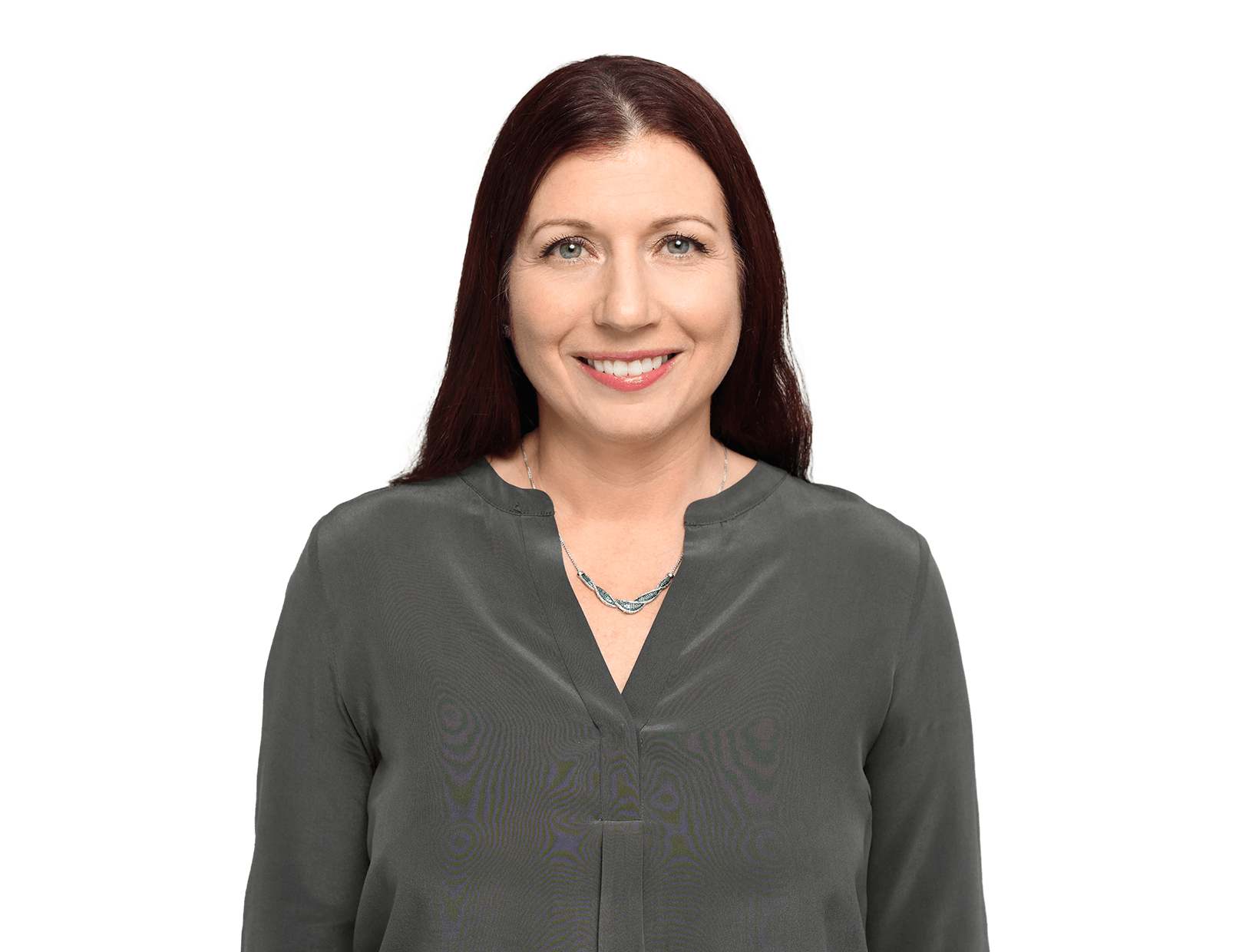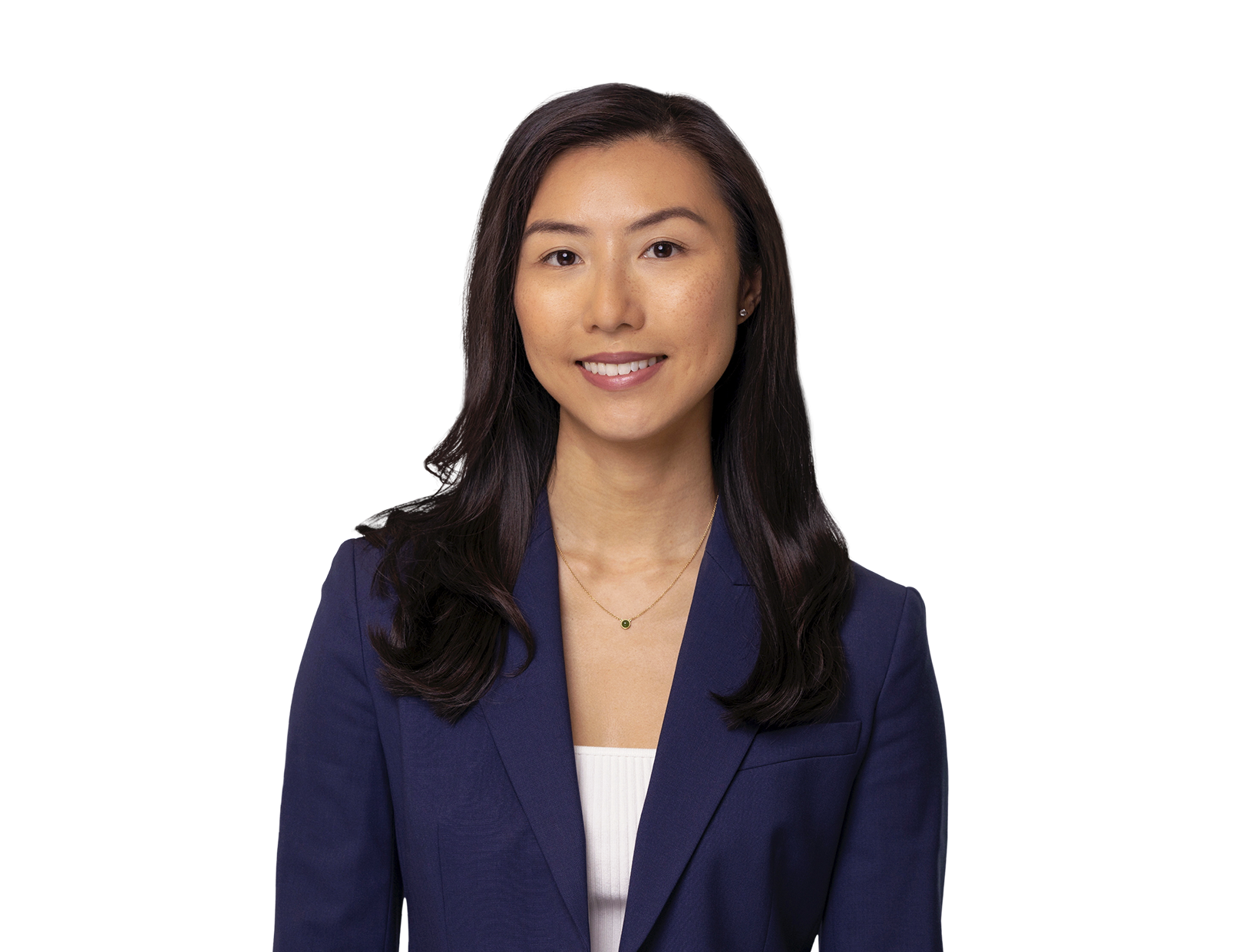The United States Copyright Office, like other government agencies and private-sector entities, is reckoning with the implications of artificial intelligence. In February, the Office canceled an artist’s copyright registration for a comic book after it discovered that the images in the work had been created using artificial intelligence. Shortly thereafter, it issued updated guidance regarding registration for works containing AI-generated art. This post will address both developments.
Cancelation of Registration for AI-Generated Art
At issue in the cancelation case was a copyright registration obtained by artist Kristina Kashtanova for a comic book titled Zarya of the Dawn (Registration # VAu001480196) comprised of 18 pages of text and images. Shortly after registering the work, the Office took notice of public statements attributed to Kashtanova indicating that she had created the images in the comic book using the AI tool Midjourney. Kashtanova neither disclosed that she had created the images using AI nor disclaimed the images from the registration. In a letter dated February 21, the Office informed Kashtanova that it would cancel the registration because the AI-generated images are not the product of human authorship, but that it would replace the registration with a new registration covering the human-authored elements of the work.
Under the Copyright Act, works may be registered for copyright protection if they are “original works of authorship fixed in any tangible medium of expression.” The Supreme Court has explained that an “original” work must (1) be independently created by an author, and (2) possess a minimal degree of creativity. Courts interpret the phrase “works of authorship” as being limited to works of human authorship. Accordingly, the Office will not register a claim if it determines that a human being did not create the work. In cases where mixed human and non-human authorship is claimed, copyright protection is available only for the human-authored selection and arrangement of the elements of the work.
In a letter to the Office explaining why the registration should not be canceled, Kashtanova first argued that the images at issue were merely AI-assisted, as she “guided” the structure and content of each image. The Office disagreed. To generate an image using Midjourney, the user inputs a text prompt and the tool responds by generating an initial set of four images. The tool does not interpret the text prompt as a specific command to generate a particular result; rather, it converts the words in the prompt to tokens and then compares those tokens to its training data. The generation of images starts with a field of “visual noise,” which the tool refines into human-recognizable images. The user can then input additional prompts – sometimes hundreds or thousands – to refine the results further until the tool generates an image that the user is satisfied with. The Office found that this trial-and-error process does not make the user the author of the generated images, as Midjourney’s specific output cannot be predicted or controlled by its users. The Office distinguished other artistic tools, such as cameras and photo editing software, by explaining that the users of those technologies exercise a greater degree of control over their outputs than users of Midjourney.
Kashtanova next argued that the use of textual prompts permits copyright protection of the generated images because the images are the visual representation of “creative, human-authored prompts.” The Office again disagreed, finding that the prompts function more like suggestions than orders. It invoked the analogy of commissioned visual art; if Kashtanova had commissioned an artist to create an image with special instructions as to its contents, the artist, not the commissioner, would still be the author of the image, absent the image meeting work for hire requirements. Kashtanova also pointed to the significant amount of time and effort she put into working with Midjourney, but the Office found that effort alone was not enough to make her the author of the images, as “sweat of the brow” cannot be a basis for copyright protection for otherwise uncopyrightable material.
Finally, Kashtanova argued that she personally edited some of the AI-generated images, thus rendering them eligible for copyright protection. Here, the Office once again found that this was not enough, as her edits were not sufficiently creative to be eligible for copyright. While the Office will register otherwise uncopyrightable material that has been edited, modified, or otherwise revised by a human author, such edits must contain a sufficient amount of original authorship. The Office found that Kashtanova’s edits were too “minor and imperceptible” to supply the necessary creativity for copyright protection.
The new registration covers only the text of the comic book and the selection, coordination, and arrangement of the text and images. The Office found that these elements were the only original authorship that Kashtanova contributed to the work. The new registration explicitly excludes the AI-generated artwork.
The Office’s cancelation decision shows that AI-generated images created from text prompts and a trial-and-error process to refine the final product do not contain sufficient human authorship to be eligible for copyright. However, works that only partly consist of AI-generated material may still be registrable to the extent that the human-authored portions meet the Office’s requirements for originality.
Updated Registration Guidance for Works Containing AI-Generated Material
With the increasing use and experimentation with new AI tools to create visual and literary works, it is no surprise that the Office is receiving an increasing number of applications to register material that was created with the assistance of AI technologies. To address questions regarding the registrability of works containing AI-generated material, the Office issued a policy statement on March 16 clarifying its examination practices for such works. The guidance focused primarily on the human authorship requirement, stating “[i]n the Office’s view, it is well-established that copyright can protect only material that is the product of human creativity.” It also cited current guidance in the Compendium of U.S. Copyright Office Practices, which bars registration for “works produced by a machine or mere mechanical process that operates randomly or automatically without any creative input or intervention from a human author.”
When applying these principles to works submitted for registration, the key inquiry is whether the work is “basically one of human authorship, with the computer [or other device] merely being an assisting instrument, or whether the traditional elements of authorship in the work…were actually conceived and executed not by man but by a machine.” This is necessarily a case-by-case inquiry and will depend on how the AI tool at issue operates and how it was used to create the final work. If the work’s traditional elements of authorship were produced by a machine, it lacks human authorship and is not registrable. For example, works generated by AI tools that receive only a prompt from a human user – like the works at issue in the Midjourney case – are not registrable, as the traditional elements of authorship are determined and executed by the technology rather than the human user. Such prompts function more like instructions to a commissioned artist, with the human user exercising no ultimate creative control over the images generated.
While AI-generated material is not registrable, works containing AI-generated material may be registrable if they contain sufficient human authorship. This could be found, for example, in the selection and arrangement of AI-generated material or where an artist modifies the AI-generated material to such an extent that the modifications meet the standard for copyright protection. The guidance also clarifies that it does not encompass the use of all technological tools (e.g., photo, video, and audio editing software) in the creative process. In each case, what matters is the extent to which the human had creative control over the work’s expression and actually formed the traditional elements of authorship.
For new applications for works containing AI-generated material, the guidance directs applicants to identify the authorship that was contributed by a human. An applicant who incorporates AI-generated text into a larger textual work should claim only the portions of the text that were human-authored. An applicant who creatively arranges human and non-human content should claim only the selection, coordination, and arrangement of the content. Applicants should not list AI technology as an author or co-author. AI-generated content that is more than de minimis should be identified and explicitly excluded from the application.
For currently pending applications containing AI-generated material, the guidance directs applicants to ensure that the information submitted to the Office adequately discloses the AI-generated material. If such information was not disclosed, applicants must contact the Office and report that their application omitted the fact that the work contained AI-generated material.
For applications that have already been processed and registered, the guidance directs applicants to correct the public record by submitting a supplementary registration. In it, the applicant should describe the human-authored material and disclaim the AI-generated material. If the Office finds that there is sufficient human-authored material left after the exclusion of the AI-generated material, it will issue a new supplementary registration certificate with a disclaimer addressing the AI-generated material. Applicants who fail to update the public record risk the cancelation of their registrations. A court may also disregard a registration in an infringement action if it concludes that the applicant knowingly provided the Office with inaccurate information and the accurate information would have resulted in the refusal of the registration.

